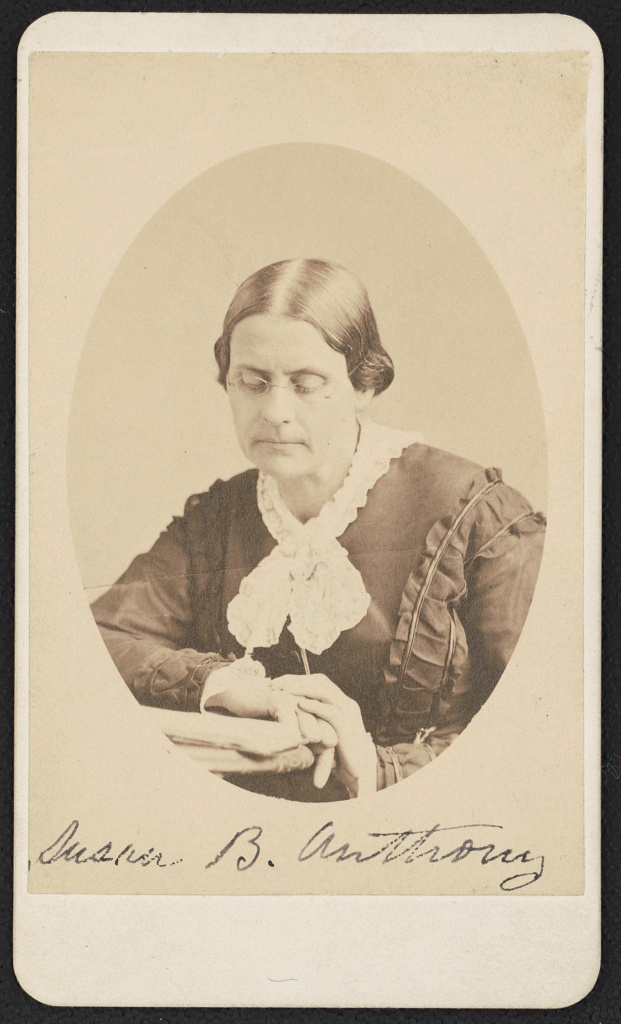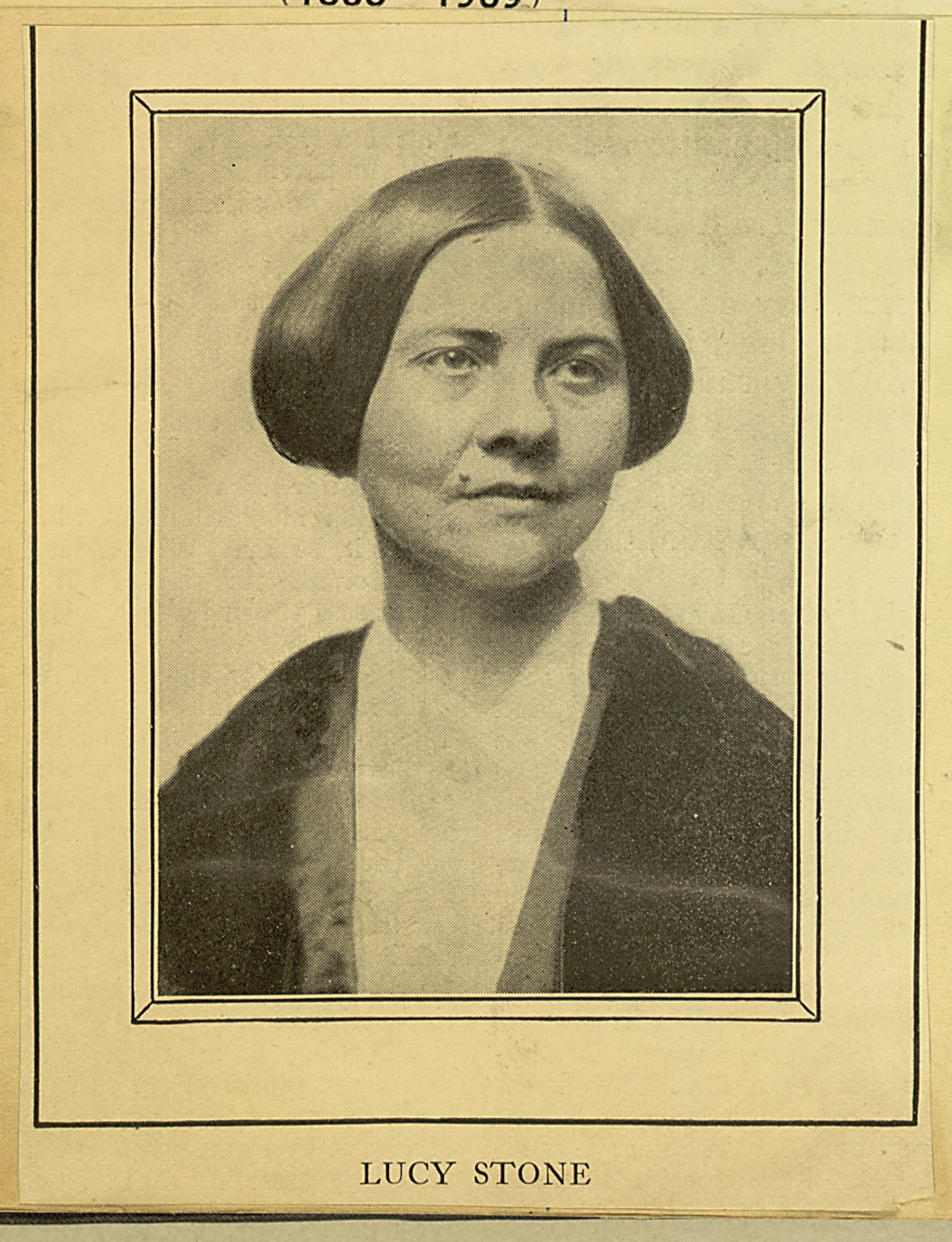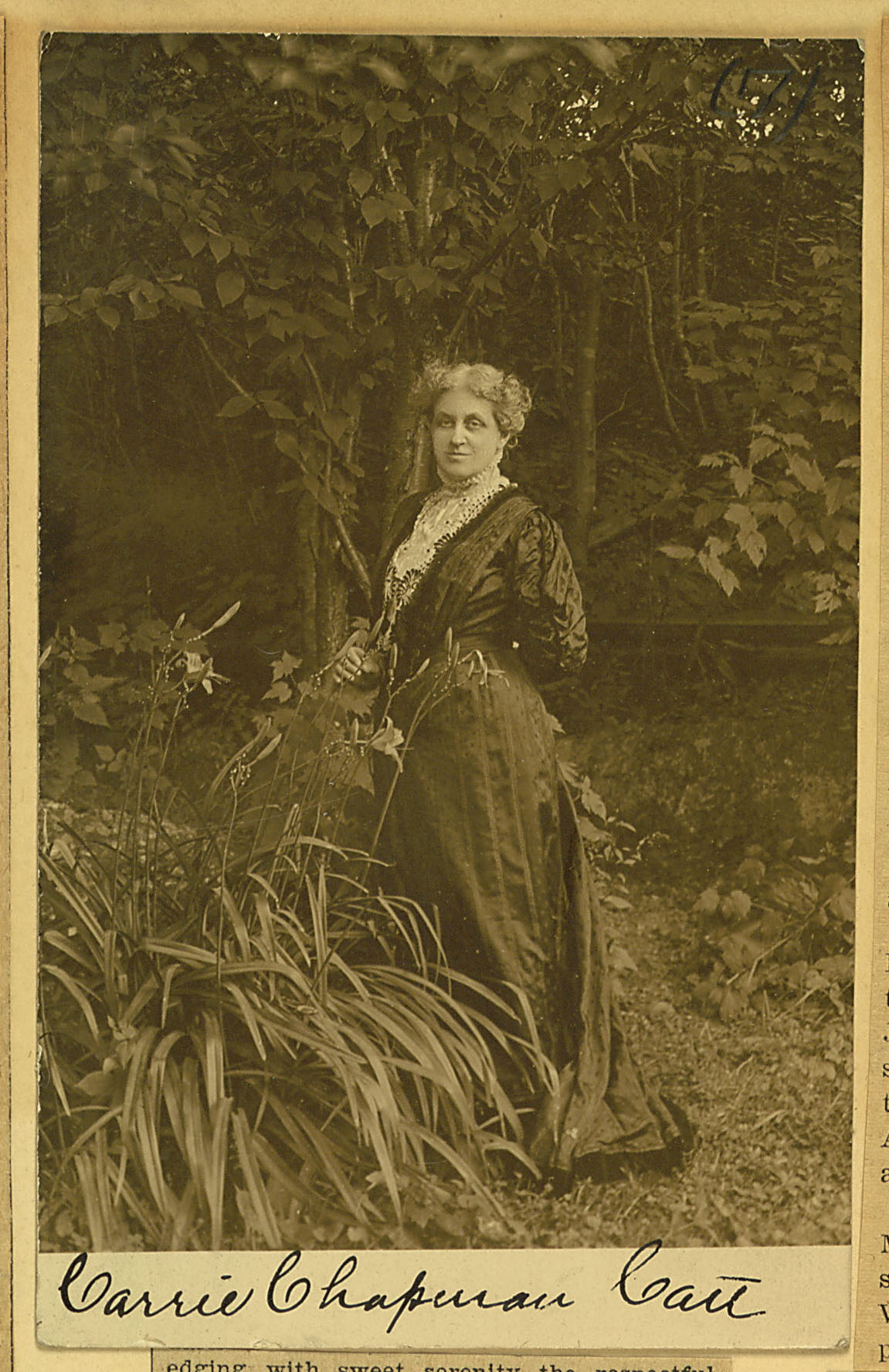Story
The Road to the Vote
On November 7, 1893 Colorado women won the right to vote. The referendum vote tally was 35,798 for and 29,551 against. The road to this achievement was hilly and bumpy with lots of curves and two major detours along the way.
Proponents began the battle for women’s suffrage in Colorado with an attempt to get women’s right to vote included in the Colorado Constitution at the time of Statehood in 1876. Women were just beginning to organize with the first suffrage convention in the territory in January, 1876. Four sessions were held resulting in the formation of the Colorado Woman Suffrage Association and the election of officers including Dr. Alida Avery as President.
Petitions were gathered to present to the Constitutional Convention requesting “that no distinction be made on account of sex” in the newly formed State Constitution. The movement hit its first detour as the proponents of suffrage did not win this fight. Instead Article 7, Section 2 was included in the Constitution which reads
The general assembly shall, at the first session thereof, and may at any subsequent session, enact laws to extend the right of suffrage to women of lawful age and otherwise qualified, according to the provisions of this article. No such enactment shall be of effect until submitted to the vote of the qualified electors at a general election; nor unless the same be approved by a majority of those voting thereon.
The majority vote provision of this Section would prove to be vital in achieving suffrage for the women of Colorado as without it a two-thirds majority would have been needed to achieve a constitutional amendment.
The first referendum on women’s suffrage following Statehood was presented to voters on October 2, 1877. Several nationally known suffrage proponents visited Colorado in September, 1877 to provide support to the many women throughout the State who campaigned for passage of the referendum. Two of the better known supporters were Susan B. Anthony and Lucy Stone.
Anthony arrived at her first stop in Colorado, Granada which was just across from the Kansas border, on September 11. Her Day Diary entry for that date says “Spoke in R.R. Station waiting room…they had never heard a lecture – seen a tract or newspaper on W. S. – & this one lecture can do very little toward lifting the men out of all their traditional & educational feelings & prejudices”.
Over the next three weeks, Anthony visited many towns in South Central Colorado, several of which are ghost towns today. When she arrived in Pueblo on September 13 Anthony found that no notice had been put in the paper nor hall engaged for her lecture so she quickly had handbills printed and engaged the Chilicott Hall. In her Day Diary for that date she recorded “Mr Hughes introduced me – he is large lumberman – tough audience”.
The curving route Anthony followed took her to a new town almost every day. She makes comments about the food, the price of groceries, and the scenery in her Day Diary. One can only imagine the travel conditions she had to face making her way from place to place over mountain roads in 1877. Bumps and hills were undoubtedly plentiful. As she had in Pueblo, Anthony often had to deal with lack of preparation at her stops along with an audience who knew little about the suffrage issue and was often not receptive to granting women the right to vote.
In Garland City on September 17, the Day Diary entry indicates the meeting was in the “newest hotel dining room – large audience - - nobody seemed to know…anything about the cause”. But by the time Anthony reached Lake City on September 20 “after stage ride of 18 hours”, she found an audience that was a little more receptive. “An immense audience - Court House too small – fully 1000 or 1500 stood on ground in front – I on Court House steps… – a very enthusiastic meeting – & large majority “aye” vote”.
By September 24, Anthony had made her way to Saguache having skipped a scheduled stop in Ouray because it would have taken a three day carriage ride to get there. After her presentation in Saguache she met with the Honorable H.B. Felton and his wife who told Anthony “you made an argument – Lucy Stone’s was on appeal”. She reached the town of South Arkansas (now called Salida) on September 25 where she “stopped at James True’s – his wife died last spring – first time I ever slept in a house where there was no woman but myself – have a man cook”.
During the last week before the referendum vote, Anthony made her way to Texas Creek, Granite, Rosita, Oro City, Hardscrabble, Leadville, Alma, Fairplay and finally into Morrison on election day October 2nd. In Leadville on September 29 her Day Dairy records “spoke in Wm Nyes Saloon – packed with standing men – made a good speech – but alas…might as well have water on a ducks back – as present arguments to such”.
As Anthony was winding her way throughout Colorado Lucy Stone was also canvasing parts of the State accompanied by her husband, Henry Blackwell. Although Stone did not leave an available written record of her journey, we can follow her progress through newspaper articles of the day. Many Colorado newspapers in 1877 were not supportive of women’s suffrage creating more hills and curves for those working for passage of the referendum.
An article in the Georgetown Courier from August 30, 1877 refers to a lack of preparation for a suffrage presentation planned at the M.E. Church on Friday August 24 – “was very poorly attended…it was poorly advertised and poor arrangements made generally”. By the time Stone visited Hardscrabble on September 7 things seem to have improved as the Denver Daily Times reported “a large gathering of citizens of Hardscrabble at the school house…last evening to consider the question of woman suffrage. After an address by Lucy Stone…a vote was taken. Three-fourths of all present voted in favor of suffrage”.
Stone preceded Anthony by a week or two in several of the south central towns such as El Moro, Trinidad, Garland City, Del Norte and Saguache. Announcements of their upcoming lectures can be found in various newspapers such as the Colorado Miner, the Colorado Springs Gazette, the Saguache Chronicle and the Denver Daily Times. Follow up reports, when provided in those newspapers after the event, were generally favorable. However, a couple interesting short articles that hint at the pending opposition appear in other publications.
The Colorado Daily Chieftain on September 8 notes “Those remarkable associated press telegrams with reference to the wonderful progress of the cause of female suffrage in Southern Colorado and the warm reception given to Mrs. Lucy Stone and H.B. Blackwell, are sent by Mr. Blackwell. Our readers can draw their own conclusions.” The following week, in a short article about a meeting in Trinidad, the Colorado Daily Chieftain on September 13 says “Lucy Stone and H.B. Blackwell spoke here Sunday night. Two-thirds of the audience were Mexicans who could not understand a word said by the speakers.”
The Colorado Mountaineer on September 19 had a small article which referenced a report in the Sagauche Chronicle about Stone and Blackwell’s visit to Sagauche. First of all the article refers to Stone as “Lucy Stone Blackwell” when it was common knowledge that Stone had not taken her husband’s name when they married. One wonders if this was done on purpose or was an honest mistake. The last sentence of the article reads “How many were drawn out, more to hear a woman speak than from any special interest in the question, the Chronicle does not state.” Another hint at the bumps in the road ahead.
Stone and Blackwell spent the last two weeks of September in the mining towns closer to Denver visiting Georgetown, Brownville, Empire, Silver Plume, Idaho Springs and finally Greeley on September 28. Their final meeting was in Denver at the Methodist Church on October 1, the eve before the election. The Denver Daily Times reported favorably on the meetings in Brownville, Empire and Idaho Springs on September 24 and 26. The reports note that in Empire and Idaho Springs an offer was extended to the crowd for anyone who wished to speak against suffrage “but no opposition was manifested”. The paper predicts a large majority vote in favor of suffrage from these towns.
Even with the significant national support and the dedicated campaigning by many women in Colorado, the second detour of the suffrage campaign could not be averted with the election on October 2, 1877. The results were a resounding defeat with 6,612 for and 14,053 against. The only county that voted in favor of passage was Boulder. Clear Creek County which includes the mining towns visited by Stone in late September voted only 376 for but 787 against even though the Denver Daily Times had predicted a favorable vote.
Some of the newspaper coverage following the election was especially negative. The Colorado Daily Chieftain published a long article on October 5 that read in part
Colorado…was considered by the female suffrage shriekers as an excellent place wherein to try experiments. They left their homes in New England to make a desperate effort to have their pet hobby inaugurated here, knowing that its evil effects would not be felt directly by themselves and utterly regardless of the injury which might be inflicted upon us.
The last paragraph of the article goes on to say “go home Grandma Blackwell Stone, depart Colorado Susan Boanerges Anthony…the people of Colorado are not at present prepared for your advanced ideas…women’s true sphere is the center of the home circle and not at the polls”.
But a short article in the Las Animas Leader on November 23, 1877 indicates that women did not think the battle was over and that they would continue the fight. “Lucy Stone in a private letter to a gentleman of this city says: ‘The suffragists of Colorado will now form county societies and renew the fight. Next time they will win’.”
It would take sixteen years, until 1893, before another referendum giving Colorado women the right to vote was approved for inclusion in the general election ballot. Colorado women had continued to organize and lay the groundwork for the campaign. Two women journalists – Minnie Reynolds and Ellis Meredith – were able to win support from many of the newspapers. Ellis Meredith attended the Women’s Congress in Chicago in 1893 to meet the national suffrage leaders and gather support for this second Colorado campaign. Although Meredith argued that if Colorado was able to win the vote for women all of the western states would follow, Anthony was not interested in making another trip to Colorado as she expected the same result as in 1877. But another national leader, Carrie Chapman who was Secretary of the National American Woman’s Equal Suffrage Association, agreed to travel throughout the State to gather support for the referendum.
Chapman spent September and October of 1893 traveling throughout Colorado speaking in favor of passage of the referendum. She received significant newspaper coverage so it is possible to follow much of her travel by reviewing those articles. Chapman did not spend as much time in southern Colorado as Stone and Anthony did in 1877 although she did visit Rico on September 29 and Silverton on October 4. Perhaps the organizers appreciated how difficult winning that part of the State would be and had her spend time in areas that were more open to passage of the referendum.
Chapman was well received in Colorado. The first meeting she attended was in Rocky Ford most likely on September 6. The Rocky Ford Enterprise on September 7 said “Mrs. Chapman is very able, eloquent and magnetic and made a splendid plea for simple justice to one half of the citizens of the state.”
The Colorado Democrat on September 6 called her “the great and renowned advocate of equal suffrage” when it announced the meeting to be held in Buena Vista on September 15. Another article in the same publication on the same day said “Mrs. Chapman is a highly cultured and beautiful woman and is one of the brightest orators in this country.” The Salida Mail on September 12 included an announcement of Chapman’s lecture and said that her “reputation as an able and interesting speaker in (sic) widespread”. Following the lecture the Salida Mail reported that Chapman “is a pleasing and forcible speaker, presenting an array of facts, figures and arguments almost incontrovertible”.
Support for woman suffrage was much stronger throughout the State in 1893 than it had been in 1877 as evidenced by an article in the Boulder Daily Camera on September 8 that read
The woman suffrage campaign in our state this fall is not proceeding with a great degree of enthusiasm but the main reason for the lack of enthusiasm seems to be that everybody is in favor of the proposition. There has not been a public political meeting of any party in the state this year, but that has declared in favor of the proposed amendment to the constitution allowing women to vote.
An article in the Silver Cliff Rustler on September 13 also indicates support for the referendum with a quote from the Denver Republican newspaper:
There is a division of sentiment concerning the wisdom and the need of an extension of the elective franchise to women, but it is evident that the equal suffrage cause is much stronger now than it was a few years ago. After all the arguments that may be advanced against giving women the right to vote are presented the plea of justice will remain unanswered. This is the alpha and the omega of the whole matter. It is unjust to deny women an equal voice with men in the affairs of government. What they would do with the right to vote if they had it is not the business of any man.
And so similar newspaper articles continue through late September and October as Chapman visited Gunnison, Aspen, Villa Grove, Telluride, Golden, Fort Collins and Boulder. Many reports following Chapman’s lectures note the formation of a local suffrage league at the end of the meeting. One is hard pressed to find any unfavorable coverage of either Chapman’s meetings or the referendum in general. It is certainly a far different atmosphere than during the 1877 campaign. The curves and bumps of the road were definitely straightened and leveled.
The final vote on November 7 was 55% in favor of suffrage and 45% against. Although a majority voted in favor of the referendum, the result is twelve percentage points short of a two-thirds majority which would have been required if the State Constitution had not included Article 7, Section 2. Fourteen of the fifty-six counties reported a vote count of 67% or better in favor of suffrage while ten counties were below 50%, many of those in southern Colorado. Victory was achieved! The hard work and dedication of so many women and men along the road gained what many thought was impossible. But as the words so attached to Susan B. Anthony envision – “Failure was impossible”.
The Colorado Daily Chieftain in a November 26 article said “The greatest victory yet won by woman suffrage, because won by popular vote, has been achieved in Colorado.” The article goes on to say “The credit for this great victory belongs exclusively to no individual or party. But it is largely due to the unselfish energy, eloquence and organizing ability of Mrs. Carrie Lane Chapman.” Although Colorado became the second state to grant suffrage to women, Wyoming being the first, it was the first one to do so by a referendum vote. Several more states, mainly in the Western part of the U.S. as Ellis Meredith had predicted, would follow over the next twenty-seven years until passage of the 19th Amendment to the Constitution granted suffrage to all women in 1920. The road to the vote was indeed long and arduous but in the end we are all better for it.



